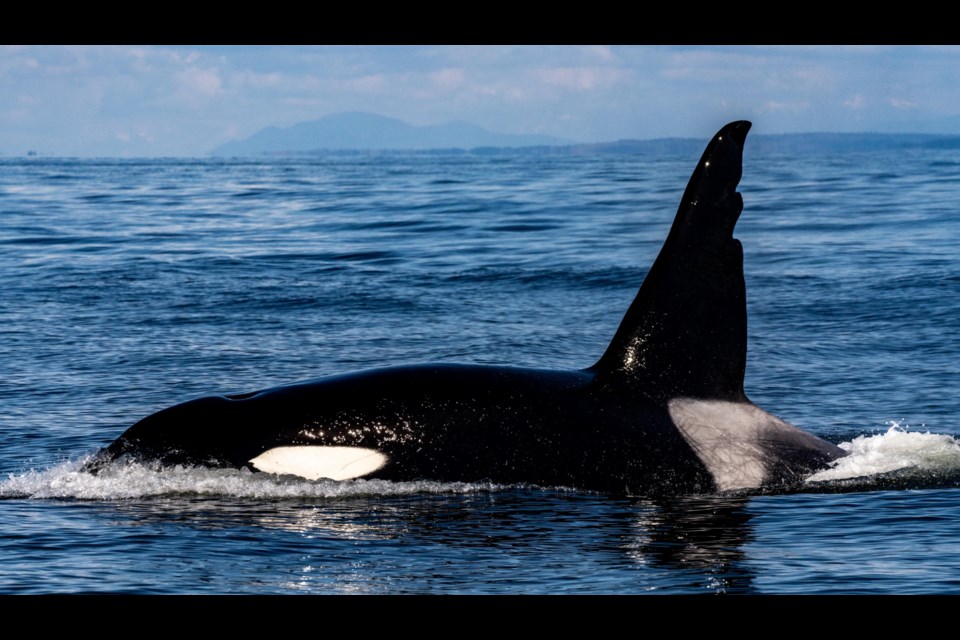A famous orca has returned to British Columbia, but that's not the only good whale news out of the province.
The Pacific Whale Watch Association announced T063, known as 'Chainsaw,' has returned to the Salish Sea and was spotted on Tuesday morning in the Boundary Pass area near the Canadian Gulf Islands.
Erin Gless, Executive Director of the PWWA, says Chainsaw is one of the most recognizable members of the coastal Bigg's killer whale population.
"A Chainsaw sighting is a telltale sign of spring," said Gless. "He's a local celebrity."
He gets his name from his distinctive jagged dorsal fin, and at age 45, he is considered one of the oldest males in the Bigg's population. Chainsaw has been frequently documented throughout Alaska, where he is also referred to as 'Zorro.'
Lauren Tschirhart, a San Juan Safaris marine naturalist, was finally thrilled to see him in person.
"I finally met the man, the myth, the legend," she said. "I've known about Chainsaw for years but always missed out on seeing him. Today was my day. We made sure our guests understood how special this encounter was."
Mark Malleson, a local whale researcher and captain for Prince of Whales Whale Watching, spotted the orca as he travelled slowly north along the Canada and United States border throughout the day.
Malleson says Chainsaw was travelling with T065, known as Whidbey, and T049As, known as Nan, but he was not the only notable whale spotted. Whale experts are thrilled to announce a new calf was spotted in the Juan de Fuca Strait.
On Saturday, the new calf travelled with Bigg's killer whale T046B "Raksha" in the Juan de Fuca Strait. Naturalist Tomis Filipovic of Eagle Wing Tours photographed the baby.
PWWA says, if confirmed by researchers, this will be Raksha's seventh calf.
The sightings are part of several recent surprise encounters with orcas, including on the North Shore, where a paddleboarder in Deep Cove had a close visit as a pod came up close. PWWA says that encounter was not with Chainsaw, but with a different orca.
Bigg's killer whales can be seen almost daily in the Salish Sea and are increasing due to the area's abundance of seals and sea lions.



